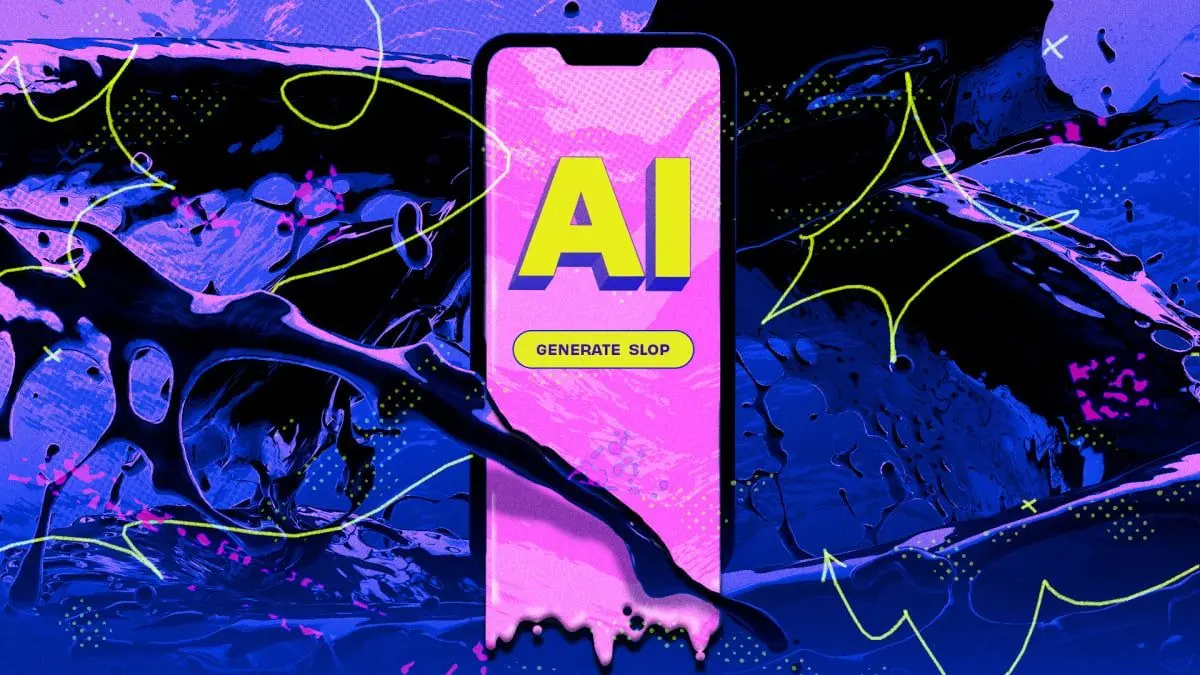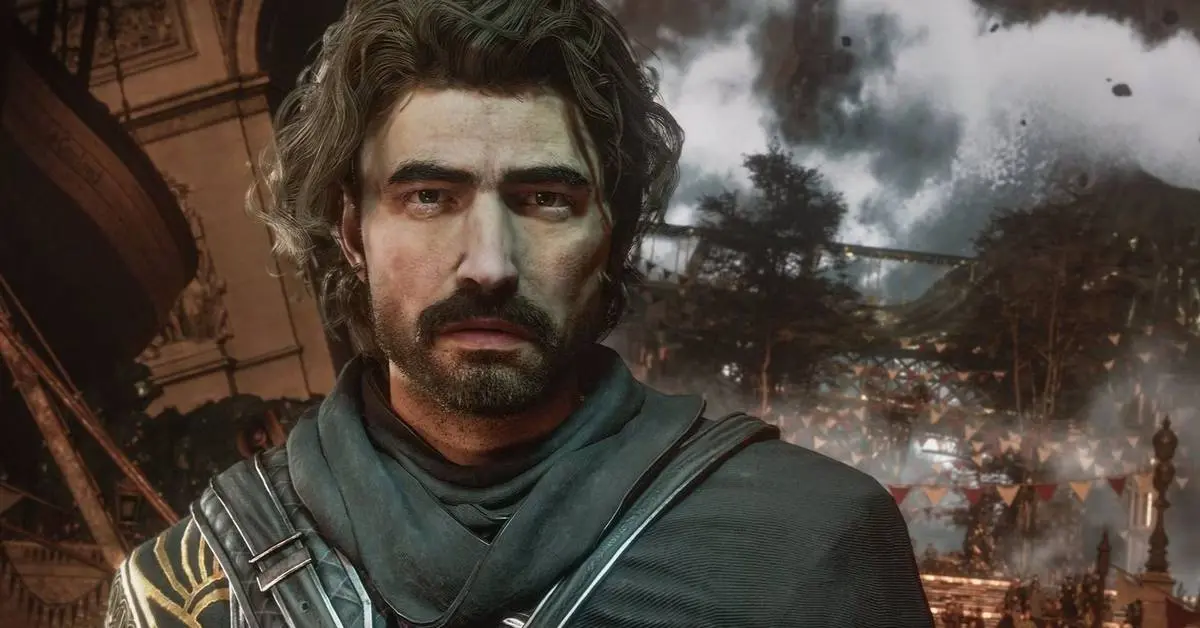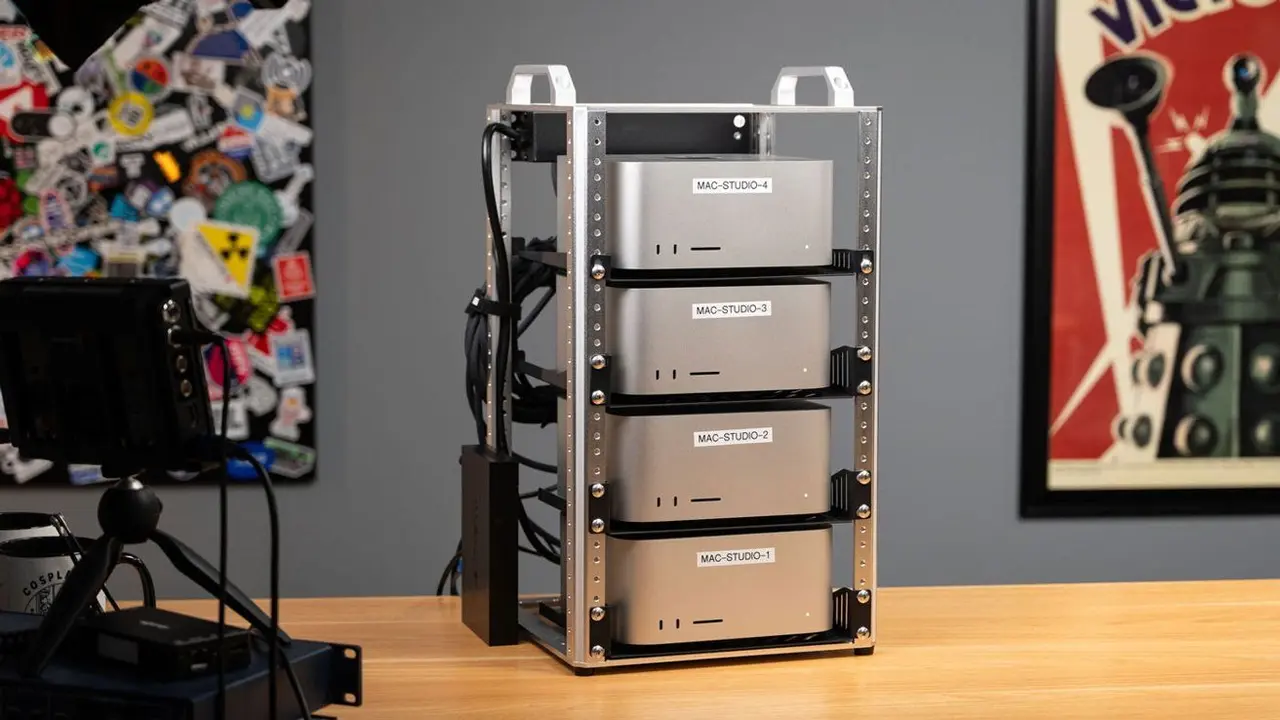AI-Generated ASMR Videos: A Surreal Trend Taking Over Social Media
4 Sources
4 Sources
[1]
AI Slop Is Coming for ASMR and I’m Finally at My Limit
Google's slop machine, Veo 3, is already firmly at the center of our brave new world of generative video, and it seems to have its sights trained on YouTube content in particular. There are Harry Potter vlogs, man-on-the-street content, unboxings, and now, the slop cannon is pointed straight at another pillar of YouTube, and this one has me ready to sign any anti-slop petition in sight. With the utmost regret, I present to you all: AI ASMR. As noted by Justine Moore, who has done a pretty solid job of cataloging the deluge of AI slop since Veo 3's release, AI ASMR seems to be taking off, and there is nothing you or I can do about it. Watch in horror as people scoop into seemingly solid objects in an "Is It Cake?"-style "ASMR" video that's generated specifically to be "oddly satisfying." Not going to lie, I wish that ketchup bottle in the video above were my brain right nowâ€"I could probably use an AI lobotomy. Why, you may be asking, am I so offended by AI-generated ASMR after all I've seen in the harrowing and copyright-defying world of Veo 3 content? Well, for one, I actually watch ASMR, and not just for shits and giggles, okay? I watch ASMR when I can't sleep, which is more than I would like to admit. And sure, I'm open to AI helping me do lots of things in this worldâ€"ordering my Uber, summarizing long annoying emails, or, I don't know, doing my dumb taxesâ€"but I am not ready for the AI industrial complex to coo me to sleep like a big slimy meat baby in one of those pods from the Matrix. But as you may have already gathered, there is nothing sacred when it comes to video generation in its current permutation. Not world-renowned intellectual property, not a wholesale rejection from Hollywood actors, and certainly not the advertising industry, which is just short of frothing at the mouth over the prospect of using AI to generate the ads we have forcibly beamed into our eyeballs during primetime television. So, I guess that's it then. I'll ready myself for the big robot lullaby. Just do me a favor and wake me up when this high-speed train to Slopville makes its final stopâ€"I've gotta go see about some squishy macarons.
[2]
I watched some of the viral ASMR videos made with AI and I feel more confused than soothed
There's a strawberry made of glass that someone is cutting like it's made of jelly, then the same thing happens to several other berries and the Pokémon Charizard. A woman dips tongs into a platter of molten rock and takes a bite of the apparently delicious treat before spreading some on a waffle and taking a bite. These aren't a cough-syrup-induced hallucination; it's the latest trend in ASMR videos, created with Google's Veo 3 and other AI movie generators. You might have seen these and other bizarre videos on your TikTok algorithm. I'm not the biggest proponent of ASMR videos and their gentle whisperers, rhythmic tapping, and other soporific audio, but I understood the appeal. I'm not so sure the AI version is just as good. These aren't your traditional low-fi lo-fi tapping-and-brushing videos. Google Veo is definitely the most popular choice of AI video generators for ASMR. As good as the model is at producing realistic videos (for a given value of realism in this case), it still creates videos with a sheen of artificiality, lacking the errors and imprecision that are the hallmark of human-made ASMR. Friends of mine who are much bigger fans of ASMR claim it's not just the sounds and voices that entice them. It's the intimacy and immediacy that they like. One said that the 'tingle triggers' are there in the AI videos, but it's just not the same. That's not a universal opinion, though. These videos rack up millions of views. The comments are full of both excitement and confusion, with people unable to explain why they like the videos, or who are amazed how they can't stop watching them. Part of the appeal might be novelty. Anything new will have a fanbase at least for a little while, and Veo's video quality is unlike anything most people have seen before. It mimics natural lighting, shadow, and realistic camera motion. Perfect glass statues of Pokémon that can be cut in half with ease, because they're all AI-generated, are an eye-catcher for sure. As fun as it is, I wonder if anyone seeking a pure ASMR experience will choose an AI video. The sounds may scratch that auditory itch, but I wonder how many lists of favorite ASMR videos will include them. Not every AI trend has to make sense. Some of them very much don't. AI ASMR may have a niche place in the overall ASMR ecosystem. Still, I don't think the majority of people who fall asleep to sweet whispers will prefer the sound of simulated glass crunching under an invisible knife.
[3]
AI-generated ASMR is taking over TikTok, and it's getting really weird
On TikTok, an ASMR creator dips a spoon into a bowl of molten-hot lava, brings it to her lips, and eats it like it's honey. Another creator crunches down into a seemingly radioactive moon stone, which is glowing so brightly that it's visible through her cheeks. And a third takes a casual bite out of a cinnamon bun made of glass. Thankfully, none of these women are real: All three clips are an example of AI-generated ASMR. ASMR is an acronym for autonomous sensory meridian response, which describes a physical tingling sensation triggered by certain sounds or visuals. Videos designed to elicit these responses have been popular on YouTube for more than a decade, and have also found massive popularity as short-form clips on TikTok. Over the past few weeks, a subcategory of fantastical, often physically impossible AI-generated ASMR has started to take social media by storm. For anyone who regularly enjoys ASMR, AI-generated content has become unavoidable in recent weeks. The aforementioned lava clip, for example, has 2.8 million views on TikTok -- and its creator, @asmraiworks, has several other videos boasting similar view counts. Another AI ASMR TikToker, @impossibleais, began posting just 10 days ago on June 10, and has already racked up millions of views and nearly 200,000 followers. On YouTube, compilations of these videos are steadily gaining traction, while creators across platforms are now offering paid courses to teach other users how to make viral AI ASMR. The key to this new genre of content appears to be Google's Veo 3 AI video generator, which debuted this March. Unlike predecessors such as OpenAI's Sora, Veo 3 can create sound and dialogue alongside its photorealistic video -- making it the perfect medium for ASMR content, which relies on satisfying taps, crunches, and slurps to accompany its visuals.
[4]
The AI ASMR video trend is agony to my eyes - and ears
If you've been on TikTok recently, chance are you've already been subjected to the latest trend in AI slop: AI ASMR videos. Yep, AI art is no longer assaulting our eyes but our ears too. Google Veo 3 has so much to answer for. Like many AI art trends, the fad was inspired by real art. Good ASMR videos are little snippets of perfection. Spine-tingling sensory experiences that can make you reappraise the beauty of everyday moments. The work of popular ASMR video creators on platforms like YouTube can be soothing, and often mesmerising, partly because you know the painstaking work that went into them, whether it was using a macro lens and complex tripod setup to capture a close up of a pen scratching on paper or using software like Blender to create a 3D model with realistic liquid physics. AI now allows people to make ASMR videos that break the rules of physics without much work, but their aim seems to be completely different. If you're not familiar with ASMR, it stands for Autonomous Sensory Meridian Response. ASMR videos use a mix of visual and audio stimuli designed to induce a strong sensory reaction. They often focus on simple but satisfying everyday actions: eating, tapping, whispering, the movement of a pencil or marker pen over paper. In many people, they produce a tingling, static-like sensation, which can be relaxing. AI ASMR videos take the existing trend and carry it to surreal extremes, but they ditch the relaxing part. They're a horror show. People eat sizzling panels of honey and blocks of fired metal. They kneading molten lava and crush rocks that fail to respect the laws of physics. Its torture ASMR, but nobody gets hurt because they're not real. The trend has been made possible by new, more accurate and consistent AI video models like Google Veo 3. But despite the leap in photorealism, with more realistic lighting and camera motion, the output is still very obviously AI. Objects don't behave as they should. They can change inconsistently from shot to another. And because it's all edited by AI, sound and image often don't match up. They also lack any feeling of intimacy. Real ASMR videos feel like they're inviting you to be complicit in a secret. The feel personal and human even if the subject is an object or machine. A lot of the AI ASMR videos on TikTok seem to be intended to trigger people in a different way. They aim to create an ambiguous feeling of surprise, disgust and fascination. It seems to work for some because these videos are getting thousands of views and likes. I find them ugly and repellent, and yet I want to keep watching to see if I find one either weirder than the last - and that's a deep and surreal hole to get sucked down. I'm guessing that these videos probably appeal to different people from traditional ASMR fans. The problem, like with so much of AI content on social media, is that they make it more difficult to find human-created content. I'm hoping it's a novelty fad that lasts no longer than the Chat GPT AI Ghibli trend. For more AI tech news, see this week's launch of Adobe Firefly Boards, which looks like it could be a game changer for creative agencies.
Share
Share
Copy Link
AI-generated ASMR videos, created using tools like Google's Veo 3, are gaining popularity on social media platforms, sparking debates about their impact on traditional ASMR content and viewer experiences.
The Rise of AI-Generated ASMR
A new trend is sweeping across social media platforms, particularly TikTok and YouTube: AI-generated ASMR videos. These surreal and often physically impossible scenarios are created using advanced AI video generators, with Google's Veo 3 leading the charge
1
3
. Unlike traditional ASMR content, which focuses on soothing and relaxing experiences, these AI-generated videos push the boundaries of reality and physics.The Nature of AI ASMR Content

Source: Fast Company
The AI-generated ASMR videos feature a wide range of bizarre scenarios:
- People eating molten lava or taking bites out of glass objects
2
3
- Cutting through seemingly solid objects as if they were soft
1
2
- Crunching into glowing, radioactive-looking stones
3
These videos often rack up millions of views, with viewers expressing a mix of fascination, confusion, and inability to stop watching
2
. The content's appeal seems to lie in its novelty and the sheer impossibility of the actions depicted.Technology Behind the Trend
Google's Veo 3 AI video generator, released in March, is the primary tool driving this trend
3
. Unlike its predecessors, Veo 3 can create both photorealistic video and accompanying sound, making it particularly suitable for ASMR content3
. The AI model mimics natural lighting, shadows, and realistic camera motion, resulting in videos with a unique, albeit artificial, quality2
.Impact on Traditional ASMR
The emergence of AI-generated ASMR has sparked debates about its impact on traditional ASMR content and experiences:
- Lack of human touch: Some ASMR enthusiasts argue that AI-generated content lacks the intimacy and immediacy that make traditional ASMR videos appealing
2
4
. - Sensory overload: While traditional ASMR aims to relax viewers, AI ASMR often creates a sense of surprise, disgust, and fascination simultaneously
4
. - Accessibility concerns: The proliferation of AI content on social media platforms may make it more challenging for users to find human-created ASMR videos
4
.
Related Stories
Creator Response and Monetization

Source: TechRadar
The rapid rise of AI-generated ASMR has led to new opportunities for content creators:
- Some TikTok accounts dedicated to AI ASMR have gained hundreds of thousands of followers in a matter of days
3
. - Creators are offering paid courses to teach others how to make viral AI ASMR content
3
.
The Future of AI ASMR
As the trend continues to evolve, questions arise about its longevity and impact on the broader ASMR community. While some view it as a passing fad, others see potential for AI ASMR to carve out a niche within the larger ASMR ecosystem
2
4
. The debate continues on whether AI-generated content can truly replicate the sensory and emotional experiences that traditional ASMR videos provide.References
Summarized by
Navi
[2]
[4]
Related Stories
YouTube's AI Integration: A Double-Edged Sword for Content Creation
19 Sept 2024

The Rise of AI Slop: How Mass-Produced Content Is Degrading Social Media and Marketing
25 Nov 2025•Entertainment and Society

YouTube's AI-Generated Comment Replies: A Mixed Bag of Nonsense and Concerns
13 Dec 2024•Technology

Recent Highlights
1
Google launches Gemini 3 Flash as default AI model, delivering speed with Pro-grade reasoning
Technology

2
OpenAI launches GPT Image 1.5 as AI image generator war with Google intensifies
Technology

3
OpenAI launches ChatGPT app store, opening doors for third-party developers to build AI-powered apps
Technology





